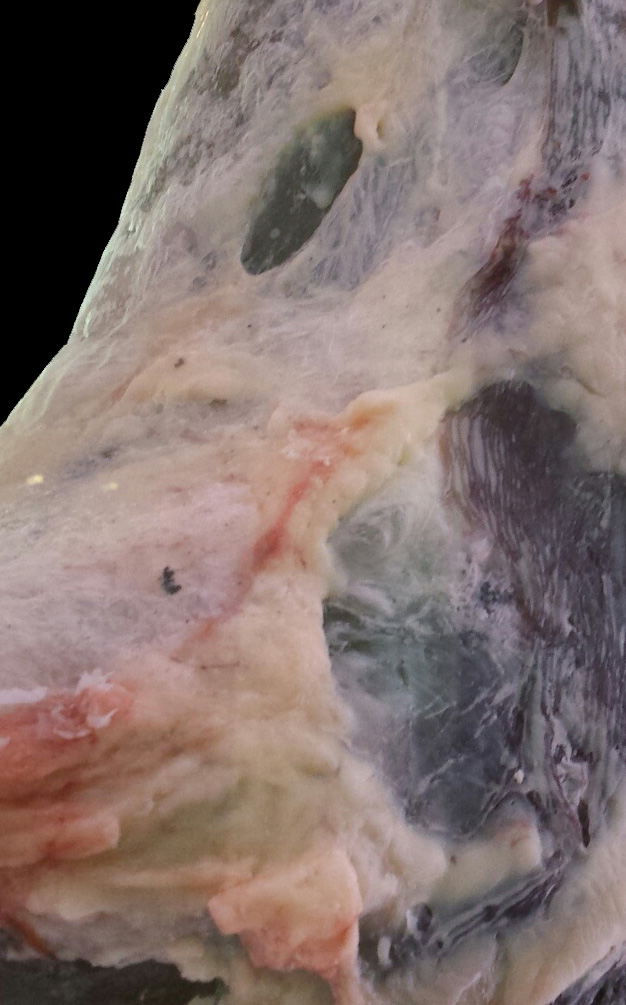Delayed Onset Muscle Soreness and Fascial Connective Tissue
Delayed-onset muscle soreness (DOMS) refers to pain and discomfort in people after participating in strenuous exercise and physical activities. There is still a debate about the origin of pain and discomfort.
Several hypotheses have been proposed to explain the muscle soreness, including metabolite or lactate accumulation, microtrauma, and inflammation within the skeletal muscle.
The lactic acid accumulation theory has been rejected as no evidence was found. A second theory suggested structural damage of the muscle, as high mechanical stresses on the soft tissue exceeded the load-bearing capacity of the sarcomere, leading to micro-ruptures located in or near the Z-disk. But this theory was also disproved. A third theory called inflammatory processes suggested a delayed and sustained activation of type-III afferents may be induced via inflammation-associated intramuscular swelling, which exerts pressure on the mechanosensitive receptors. However, this theory was not supported by strong evidence.
Researchers Jan Wilke and Micahel Behringer suggested that recent research points towards a strong involvement of the connective tissue. They provided two lines of evidence:
First, according to anatomical studies, the deep fascia displays an intimate structural relationship with the underlying skeletal muscle and may be damaged during excessive loading.
Second, histological and experimental studies suggest a rich supply of algogenic nociceptors whose stimulation evokes stronger pain responses than muscle irritation.
Together, the findings support the hypothesis that DOMS originates in the muscle-associated connective tissue rather than in the muscle itself.
Sports and fitness professionals designing exercise programs should hence consider fascia-oriented methods and techniques (e.g., foam rolling, collagen supplementation) when aiming to treat or prevent DOMS.
Reference: https://pubmed.ncbi.nlm.nih.gov/34502387/


